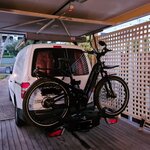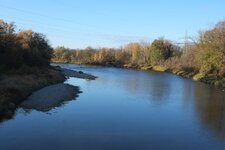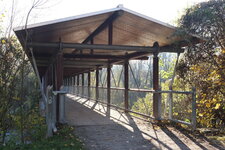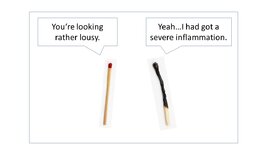Congratulations on your new bike. It sounds like you made a near perfect selection for your use case.
I am 70, retired with some considerable health challenges. In the past four years my wife and I have gone throughs several ebikes, including two Homages. I ride an average of 500-600 miles per month, we are now down to one shared hybrid car. I also live in a quite hilly, area. I have used less and less assist for my rides to the point where now I am riding mostly in Eco, still at good speed. I even turn off the motor at times but, as you have observed, these are heavy bikes. So I recently bought an acoustic, 8.6 kg gravel bike to keep improving fitness.
To avoid or reduce pedal strikes, consider the following:
FIrst and foremost, avoid pedaling through sharp turns. Develop the habit of pushing down the outside pedal and hold it down through the curve, resuming when the bike returns to a sufficiently upright position. You are not in a race. This is the safest way to go through turns anyway. If you do this none of the following will be needed.
These are a few things you can do to raise the pedals and get a bit more clearance to reduce pedal strikes.
- Install a wider tire, if your frame and fenders will accommodate it.
- increase the air pressure in your front and rear shock. It should be adjusted to have sag of no more than 20% of the shock length. There are good youtube videos that address proper shock inflation. Rule of thumb front shock PSI should be 50% of your weight in pounds, rear shock 100% - realize you are in a metric country but this rule only works with imperial measurements.
- Install shorter cranks - taking 5mm off the crank length can make a big difference. It will also help speed up cadence but also reduce leverage on the cranks slightly.
Enjoy your new steed. May it give you many many miles and even more smiles.






